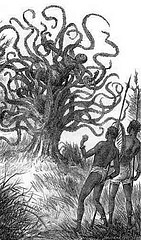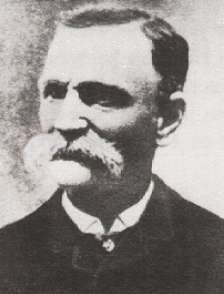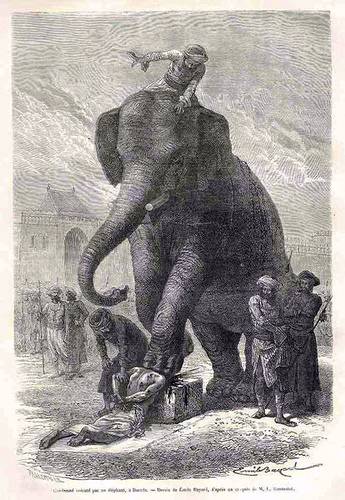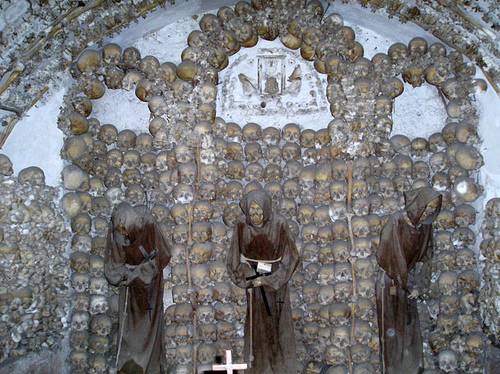
Longtime readers will remember our travel advisories against Madagascar and Java, whose plants tend to eat people.
We must belatedly add Central America to that list, after reading about the ya-te-veo (“I see you”) tree in J.W. Buel’s Sea and Land (1887). That’s a pretty innocuous name, Buel writes, but it hides an evil nature: Get too close and the tree will sieze you with its shoots, press you onto its short, thick trunk, impale you with daggerlike thorns, and drink your blood.
Apologies for the late notice. If any lives have been lost due to our oversight, it’s probably best not to send flowers to the next of kin.




